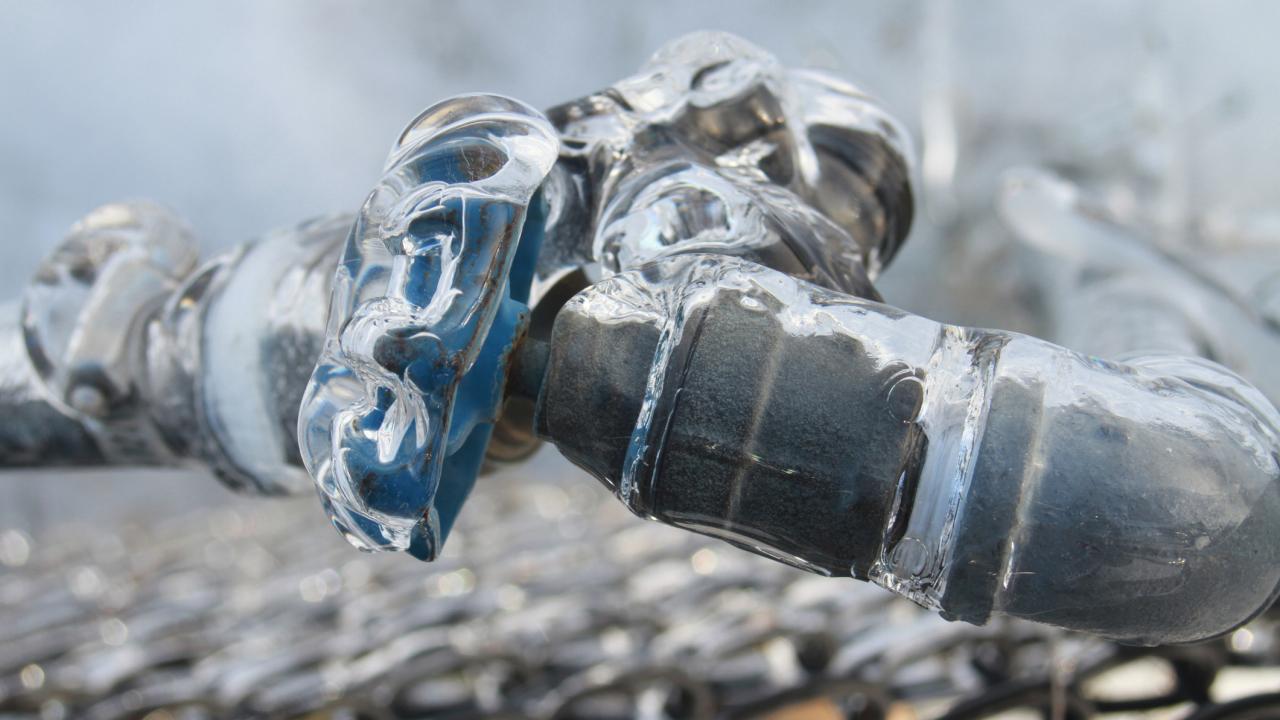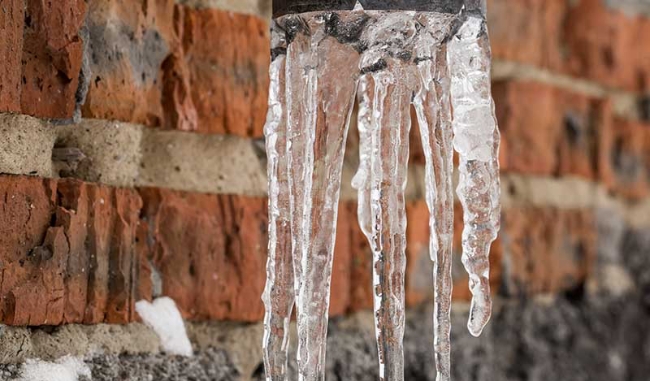Ways to Defend Your Pipes from Freezing: Professional Tips
Ways to Defend Your Pipes from Freezing: Professional Tips
Blog Article
The publisher is making a number of great pointers related to 6 Ways to Prevent Frozen Pipes in general in this article below.

Cold weather can wreak havoc on your pipes, especially by freezing pipelines. Right here's how to stop it from happening and what to do if it does.
Intro
As temperatures decline, the risk of frozen pipelines increases, possibly resulting in pricey repair services and water damages. Comprehending how to stop icy pipes is crucial for house owners in cool climates.
Prevention Tips
Shielding vulnerable pipes
Cover pipelines in insulation sleeves or use heat tape to secure them from freezing temperature levels. Concentrate on pipelines in unheated or exterior areas of the home.
Heating techniques
Keep interior areas sufficiently heated up, particularly areas with plumbing. Open cupboard doors to allow warm air to circulate around pipes under sinks.
How to recognize icy pipelines
Look for lowered water circulation from taps, unusual odors or sounds from pipelines, and noticeable frost on exposed pipes.
Long-Term Solutions
Architectural modifications
Take into consideration rerouting pipelines away from outside wall surfaces or unheated areas. Include additional insulation to attics, cellars, and crawl spaces.
Updating insulation
Invest in high-quality insulation for pipelines, attics, and walls. Correct insulation assists keep constant temperature levels and decreases the threat of frozen pipelines.
Safeguarding Exterior Plumbing
Yard hoses and outdoor faucets
Separate and drain garden tubes before winter season. Install frost-proof faucets or cover outside taps with protected caps.
Recognizing Frozen Pipelines
What causes pipelines to ice up?
Pipelines freeze when subjected to temperature levels listed below 32 ° F (0 ° C) for expanded periods. As water inside the pipes freezes, it broadens, putting pressure on the pipeline wall surfaces and potentially causing them to burst.
Dangers and damages
Frozen pipes can result in water system interruptions, property damage, and pricey fixings. Burst pipes can flooding homes and create considerable architectural damage.
Signs of Frozen Pipes
Recognizing icy pipes early can prevent them from breaking.
What to Do If Your Pipes Freeze
Immediate activities to take
If you think frozen pipelines, keep taps available to alleviate stress as the ice thaws. Use a hairdryer or towels taken in hot water to thaw pipes gradually.
Conclusion
Protecting against frozen pipes calls for positive measures and quick responses. By comprehending the reasons, indications, and safety nets, property owners can safeguard their pipes throughout cold weather.
6 Proven Ways to Prevent Frozen Pipes and Protect Your Home
Disconnect and Drain Garden Hoses
Before winter arrives, start by disconnecting your garden hoses and draining any remaining water. Close the shut-off valves that supply outdoor hose bibs and leave the outdoor faucet open to allow any residual water to drain. For extra protection, consider using faucet covers throughout the colder months. It’s also important to drain water from any sprinkler supply lines following the manufacturer’s directions.
Insulate Exposed Pipes
Insulating your pipes is an effective way to prevent freezing. Pipe insulation is readily available at home improvement stores and is relatively inexpensive. Pay close attention to pipes in unheated areas such as the attic, basement, crawl spaces, or garage. Apply foam insulation generously to create a buffer against the cold. You can also wrap your pipes in heat tape or thermostat-controlled heat cables for added warmth.
Seal Air Leaks
Inspect your home for any cracks or openings that could let in cold air. Seal any holes around the piping in interior or exterior walls, as well as the sill plates where your home rests on its foundation. Additionally, make sure to keep your garage door closed unless you’re entering or exiting. Leaving it open creates a significant air leak that can lead to frozen pipes.
Allow Warm Air Circulation
During cold snaps, it’s essential to allow warm air to circulate evenly throughout your home. Leave interior doors ajar to promote better airflow. Open kitchen and bathroom cabinets to help distribute heat consistently around the rooms. If you have small children or pets, be sure to remove any household chemicals or potentially harmful cleaners from open cabinets for safety.
Let Faucets Drip
A small trickle of water can make a big difference in preventing ice formation inside your pipes. When temperatures drop significantly, start a drip of water from all faucets served by exposed pipes. This continuous flow helps prevent the water from freezing. Additionally, running a few faucets slightly can relieve pressure inside the pipes, reducing the chances of a rupture if the water inside does freeze.
https://choateshvac.com/6-proven-ways-to-prevent-frozen-pipes-and-protect-your-home/

As an avid reader about Prevent Frozen Pipes , I imagined sharing that topic was a good thing. Are you aware of anybody else who is fascinated by the niche? Why not promote it. I am grateful for being here. Return soon.
Information Report this page